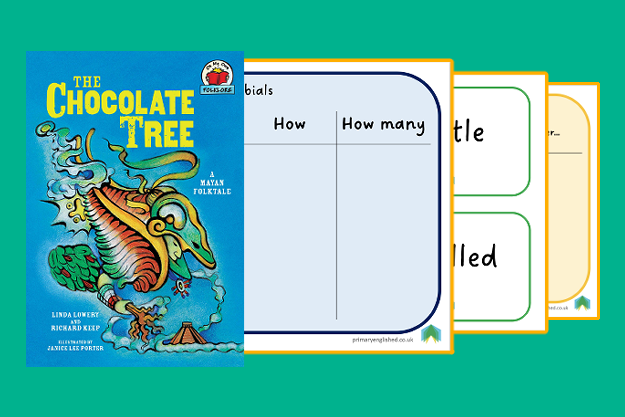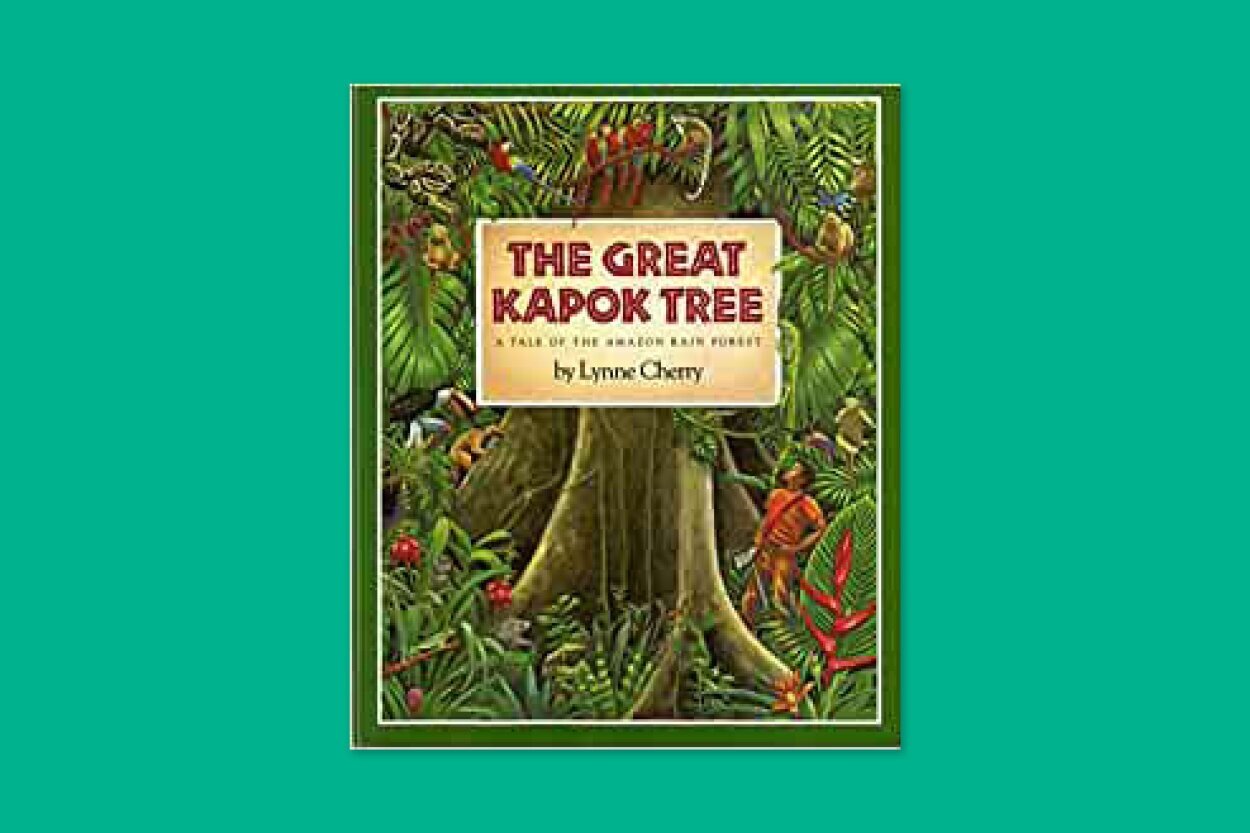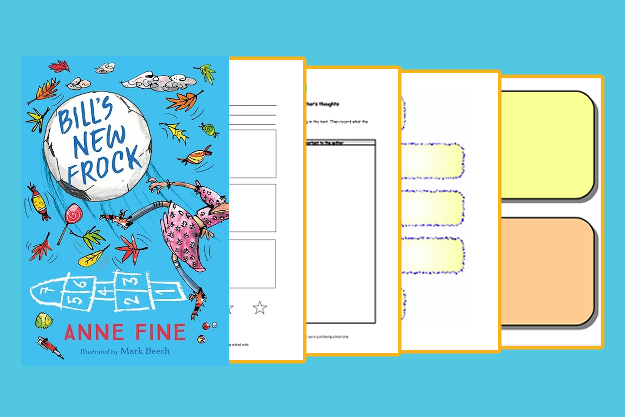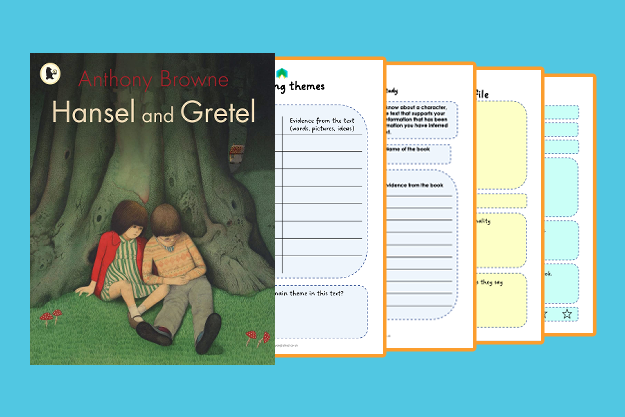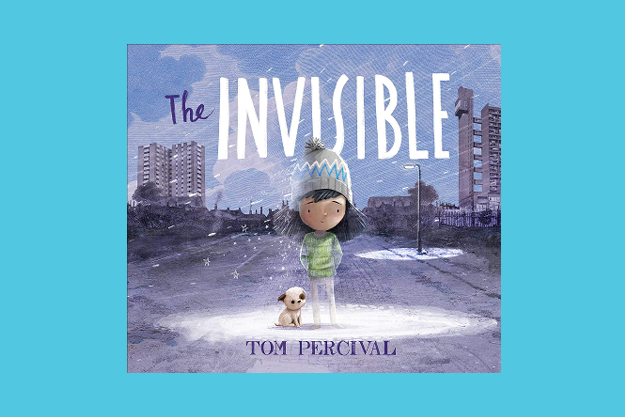Maya, South America, Amazon BUNDLE - UPDATED
A bundle of book-based resources to support topic work on the ancient Maya, the Amazon and South America. Included in this pack are four sets of Starting Points notes for Rain Player, the Chocolate Tree, The Great Kapok Tree, and The Shaman’s Apprentice. Each of these is available separately on the Primary English website, but can be downloaded here as a value-for-money bundle.
Rain Player: Starting Points
In this Starting Points set based on Rain Player by David Wisniewski you’ll find ideas to support spoken language, reading, writing, grammar, vocabulary and spelling. This Starting Points resource will give you everything you need to plan a beautiful book-based unit of work for children in lower KS2.
In this set of Starting Points, we have planned for the following grammar learning:
Revision of inverted commas and other punctuation to indicate direct speech.
Relative clauses beginning with who, which, where, when, whose, that or an omitted relative pronoun
Indicating degrees of possibility using adverbs (e.g. perhaps, surely) or modal verbs (e.g. might, should, will, must).
Adverbials used to link ideas within and across paragraphs, including tense choices.
The perfect forms of verbs.
Resources include:
Direct speech activity
Modal verbs and adverbs of possibility activity
Patterns of direct speech resource
Role on the Wall sheet
Tell Me prompt
Y5/Y6 Statutory words
The Chocolate Tree: Starting Points
In this Starting Points set based on The chocolate Tree by Linda Lowery, you’ll find ideas to support spoken language, reading, writing, grammar, vocabulary and spelling.
In this set of Starting Points, we have planned for the following grammar learning:
Noun phrases expanded for description and specificity Use of fronted adverbials
Correct punctuation of fronted adverbials
Indicating degrees of possibility with adverbs of possibility and modal verbs.
Devices to build cohesion (noun and pronouns, rhetorical questions, adverbials of time)
Use of commas to clarify meaning or avoid ambiguity How words are related in meaning (antonyms)
Use of similes to support visualisation and improve description
Dialogue used to develop the narrative
Resources include:
Adverbials table
Book review
Role on the Wall
Vocabulary and definitions
Commas table
Questions stems
The Great Kapok Tree Starting Points
In this Starting Points set based on The Great Kapok Tree by Lynne Cherry you’ll find ideas to support spoken language, reading, writing, grammar, vocabulary and spelling.
In this set of Starting Points, we have planned for the following grammar learning:
Revision of expanded noun phrases
Revision of the four sentence types (statement, question, command, exclamation)
Revision of subordination and co-ordination
Knowing whether to use ‘a’ or ‘an’ depending on whether the next word begins with a consonant or a vowel
Word families based on common words
Expressing time, place and cause using conjunctions
Introduction to paragraphs as a way to group related material
Introduction to inverted commas to punctuate direct speech.
Resources include:
a or an activity
sentence type activity
Vocabulary and definitions
Word builder activity
Y3 and Y4 statutory words
The Shaman’s Apprentice: Starting Points
In this Starting Points set based on The Shaman’s Apprentice by Lynne Cherry, you’ll find ideas to support spoken language, reading, writing, grammar, vocabulary and spelling.
In this set of Starting Points, we have planned for the following grammar learning:
Relative clauses beginning with who, which, where, when, whose, that or an omitted relative pronoun
Adverbials used to link ideas within and across paragraphs, including tense choices.
Linking ideas across paragraphs using adverbials of time, place and number or tense choices
Use of commas to clarify meaning or avoid ambiguity
Use of dash to mark the boundary between independent clauses
The subjunctive mood
Resources include:
Book review
Preposition Pack
Commas table with text examples
Past perfect activity using examples from the text
To see each resource separately, click below.





